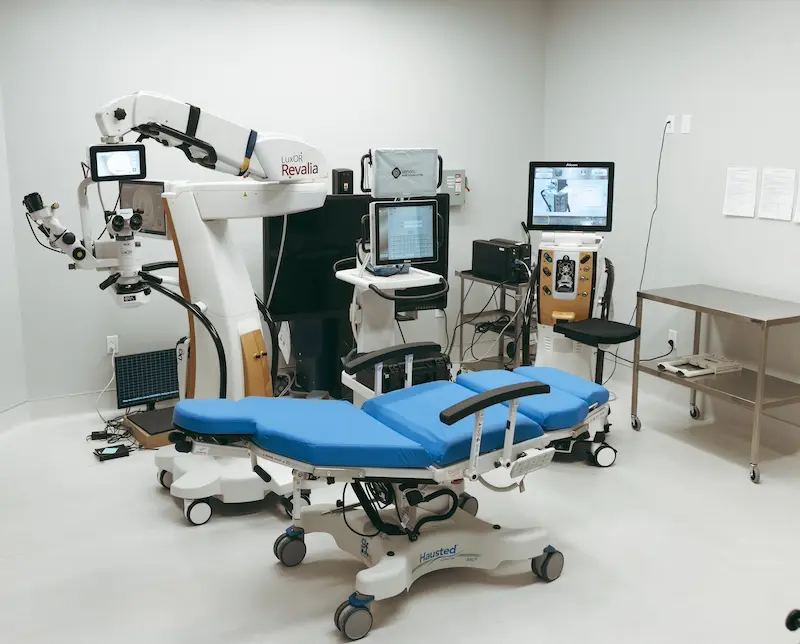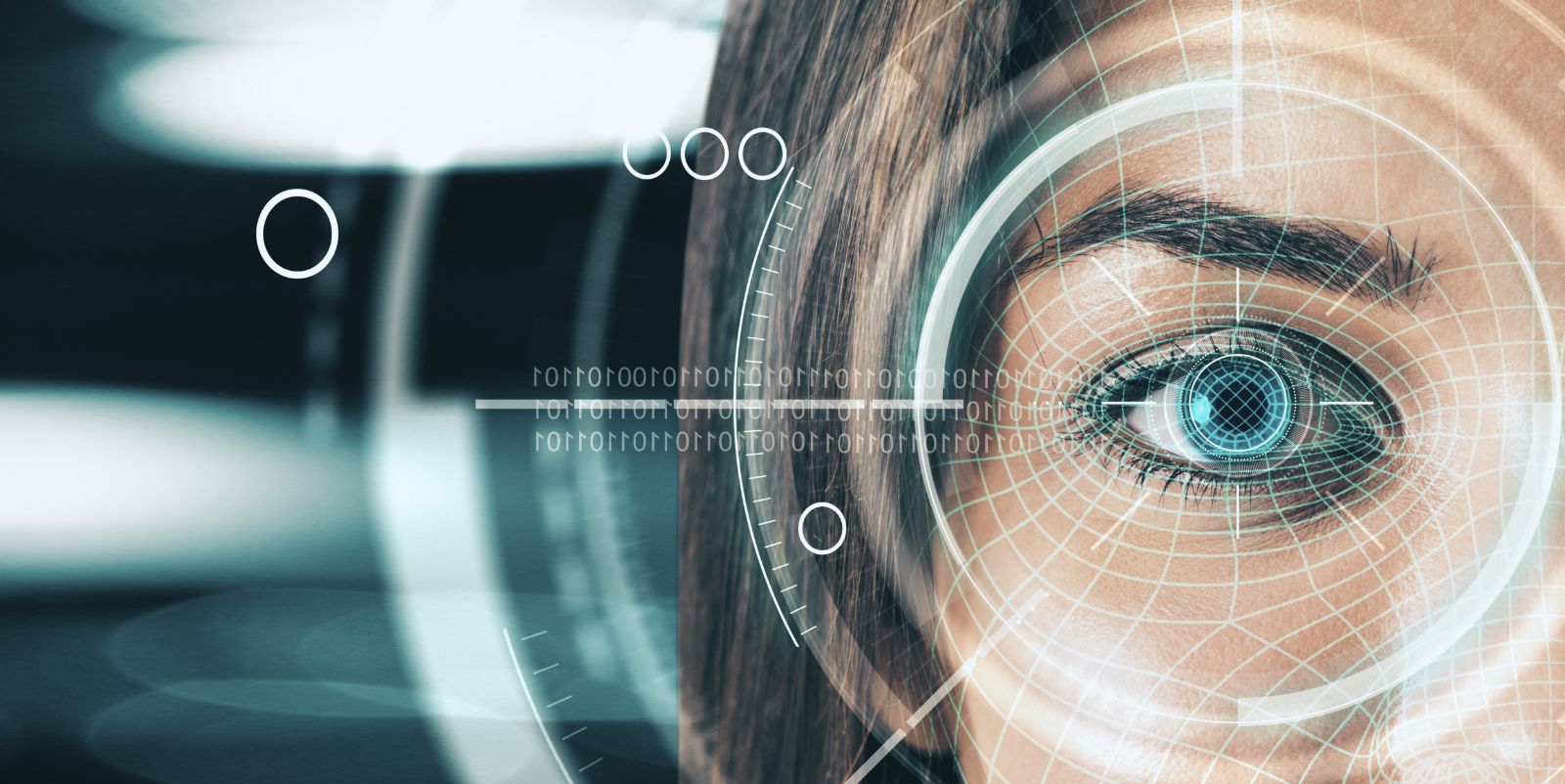Laser Refractive Cataract Surgery – LRx
The development of cataracts is one of the most common conditions affecting people in the U.S. over the age of 40. By the age of 80, more than half of the U.S. population has at least one cataract. Cataract surgery is the most effective way to eliminate the debilitating effects on vision that cataracts can cause, and a technology that was approved by the U.S. Food and Drug Administration offers a way to perform customized cataract surgery without a surgical blade. The Gordon Schanzlin New Vision Institute was one of the first practices in the country to employ the
Trusted Source
Cataracts
National Eye Institute
Go to Source
LenSx® Femtosecond Laser
.

The LenSx® Femtosecond Laser for Cataract Removal

The LenSx Femtosecond Laser makes it possible for our surgeons to perform blade-free cataract surgery. This offers
Trusted Source
Effectiveness and safety of femtosecond laser-assisted lens fragmentation and anterior capsulotomy versus the manual technique in cataract surgery
Reddy KP, Kandulla J, Auffarth GU
Go to Source
significant benefits
to our patients, including reduced risk, increased accuracy, and enhanced efficiency in comparison to traditional cataract surgery.
Rather than a surgical blade, the LenSx Femtosecond Laser uses light energy to make incisions during cataract surgery. Every eye is unique, and the state-of-the-art computer guidance system that accompanies this laser is an ideal complement to your surgeon’s experience and skill, allowing for the most precise results possible.
Following the creation of precise incisions, your surgeon will remove the lens that has been clouded by cataracts and replace it with a clear artificial lens. In many cases, an advanced lens can be used to correct refractive errors in addition to the removal of cataracts, providing further enhancement of your vision.

Treating Astigmatism with the LenSx Laser
The LenSx Femtosecond Laser can be used to treat astigmatism in some patients. Astigmatism is a refractive error caused by improper curvature of the cornea or the eye’s lens. The cornea, the clear part of the eye, is connected to the white part of the eye (the sclera) by the limbus. Using the LenSx laser, your ophthalmologist may be able to create tiny limbal relaxing incisions (LRIs) at the time of cataract surgery. By relaxing the limbus, the cornea is able to heal into a more properly rounded shape, reducing or even eliminating low to moderate astigmatism.
Many patients who undergo LRI at the same time as cataract surgery are able to decrease their dependence on glasses or contacts for most situations, though corrective lenses may still be needed for near reading.
Contact Us
Interested in learning more about your vision correction options? Contact us to schedule a consultation.
The Patient Experience
The Schanzlin team is amazing. Very thorough and caring, as though I was their only patient! The facility used for the cataract surgery is phenomenal. felt really safe, as though I was in a hospital. They had all my health information. Follow up was just as impressive.
1 National Eye Institute. Cataracts. Available: https://www.nei.nih.gov/learn-about-eye-health/eye-conditions-and-diseases/cataracts. Accessed June 29, 2020.
2 Reddy KP, Kandulla J, Auffarth GU. Effectiveness and safety of femtosecond laser-assisted lens fragmentation and anterior capsulotomy versus the manual technique in cataract surgery. J Cataract Refract Surg. 2013;39(9):1297-1306. doi:10.1016/j.jcrs.2013.05.035. Accessed June 29, 2020.
The doctors at Gordon Schanzlin New Vision Institute have either authored or reviewed and approved this content.
Page Updated:

